I write these historical fun facts of Belgium in late November 2018 after my second solo trip to the Benelux region – Belgium, Netherlands & Luxembourg – and to say I have a swell time is an understatement.
Brussels is my base from where I visit other regional cities and I feel just at home here as I do in NYC because of its multiculturalism (an anathema to some people), Anglophone nature – it is the EU capital and English-speaking – and very interesting history.
Related: A Cultured 48 hour Sprint Through Amsterdam
The best way I discover and learn a city is walking its streets, museums, local events & people and Brussels is not exempt, especially as I learn a lot of interesting fun historical facts about the city and Belgium.
Related: How to Experience Luxembourg City’s Castles, Culture & Charm
Life is a journey that must be travelled no matter how bad the roads and accommodation - Oliver Goldsmith Share on X
#Historical Fun Facts of Belgium: Regions
Belgium is divided into three regions with each having a dominant Romance or Germanic language. For example:
- Flanders region in the north (Ghent, Antwerp & Bruges) speak Dutch predominantly.
- Wallonia region in the south (Charleroi, Namur etc) speak French predominantly and,
- Brussels Capital Region is in the middle of both the north and south with French being dominant but they also speak English.
- Parts of eastern Belgium close to the German border speak German solely.
#Historical Fun Facts of Belgium: Regional Symbols
The symbol of the Flemish region, or Flanders, is the lion; the Brussels Capital region has the yellow iris as a symbol while the Wallonia symbol is a rooster, presumably from centuries of French influence.
#Historical Fun Facts of Belgium: Languages
A historical fun fact of Belgium is that its French-speaking citizens are called Walloons and Belgium’s official languages are French, Dutch & German. English is very well understood and widely spoken in cities and some small towns.
#Historical Fun Facts of Belgium: Cultural & Historic Sites
There is a preponderance of Belgium UNESCO World Heritage sites – 12 cultural and 1 natural – and I visit four of them on this Benelux trip as noted below.
a. Grand Place
Historical fun facts: This is in the City of Brussels and is the most popular tourist attraction in the capital.
It is a cobbled square dating back to the 12th c. surrounded by the magnificent old city hall with its famous tower in Gothic style. Other architecturally grand buildings in the square are symbolic of the ducal power and Brussels’ trading importance in Europe at the time.
The grand structure of the former city hall is now a hotel surrounded by other magnificent buildings such as the Museum of the City of Brussels – formerly the King’s House – and houses once occupied by corporations and men of power that are now restaurants and renowned Belgian chocolate houses.
These structures are in Baroque style with gold detailing, carvings & sculptures to reflect the status and influence of its former wealthy and royal occupants. It truly is a stunning place and I was in awe of the architecture.
Grand Place was made a UNESCO World Heritage site in 1998 and is to Brussels as Champs-Elysee is to Paris. DO NOT MISS this heritage site so get your Grand Place tickets here.
Tip 1: Visit Grand Place on early mornings before the crowds of tour groups that continue well into the night. The tourist information centre is on the ground floor of the old city hall where you can buy a Brussels Card and maps.
Tip 2: The Brussels Card permits free entry to museums and discounts to some attractions, tours, chocolates and restaurants and it can be bought for 24 hr, 48 hr or 72hr.
b. Belfries of Belgium & France
I am fortunate to go on a day trip to Ghent, in the Flanders region, where I see its famous belfry…and I have no idea it is a Belgium UNESCO World Heritage site. Sheer coincidence!
Historical Fun Facts: The Ghent belfry symbolizes the city’s prosperity as a former linen stronghold with a dragon as its mascot and guardian, keeping watch over the city.
In 1313, Ghent commences erection of the belfry as the city’s proudest symbol of independence. At the turn of the 20th c., the tower is crowned with its present peak…all those centuries after!
In 1999, the Belfry was designated a UNESCO World Heritage site and has remained so ever since. Share on X There is a former city prison next to the belfry where legend has it that an old man was sentenced to death via starvation in the 1700s. He survives because his adult daughter comes round to breast feed him daily and a sculpture is… Share on XThe former prison is called “Mammelokker” because of this legend: “Mamme” means mother and “lokken” means to suck. Interesting.
Hear of these and many more historical fun facts of Belgium on this Ghent walking tour with a local guide. I highly recommend a local walking tour for knowledgeable historical facts on the city and Belgium as a whole.
Tip 1: It is possible to climb the belfry to get a great aerial view of the city but might be difficult for those who are mobility impaired.
Tip 2: Ghent is a very walkable city and no vehicle is required though you may rent a bicycle as you deem fit.
Tip 3. If you prefer to explore the city by water, what better way to do so than with a historical boat tour of city centre.
Tip 4. Alternatively, skip the modern and tour the ancient with a 50 minute Medieval centre guided boat trip.
c. Historic Centre of Brugge
This is another tour after Ghent on my Benelux solo tour and it is definitely worth a visit.
A key place to see here is the “Lake of Love” or Minnewater with the aptly named “Lover’s Bridge” surrounded by whispering trees, silent waters and tranquility for the romantically inclined.
Brugge is very pedestrian-friendly and has horse-drawn carriages for weary travellers. The same way I dodge cyclists in Amsterdam is the same way I scurry away from trotting carriages in narrow streets thronging with tourists in both directions.
The horses’ arrival are heralded by whistles from coachmen long before you see them and there is always a whiff of dung in the air around the horse fountains. The streets are free of dung and I gotta give it to them. They are meticulous on that.
Another interesting sight is what I dub “Swan Lake” – a lake filled with dozens of swans swimming or resting and no, you may not feed them. That is a cool sight to see as they are so darn elegant.
Lastly, take a 1 hour boat ride for 8 Euros to learn historic fun facts of Belgium and Brugge’s buildings, such as the former British Consulate embassy in the 1800s which is now a Primary School.
Get a fun, combined boat cruise and guided walking tour in Brugge and learn more interesting historical facts of the city and Belgium from both land and water.
Historical Fun Facts
- Brugge architecture is rich in brick Gothic, characteristic of northern Europe and the Baltic countries. It also has a belfry, like most towns and cities in the region, and the historic centre has been preserved till present day.
- St. John’s Hospital was once the largest in Europe and was adept at treating rampant water-borne diseases of the era.
- Brugge is referred to as the “Little Venice of the North“ because of its abundance of canals – though it seems that every major canal town and city in Benelux has this moniker affixed to its name and history. It is very pedestrian-friendly, similar to Ghent, and is easy to explore for everyone.
d. Flemish Beguinages
Historical Fun Facts: Beguines are women who dedicate their lives to God without retiring from the world. In other words, they are not like nuns who take a vow of silence and abstain from the world but beguines retreat from the secular world.
In the 13th c., the beguines founded beguinages as close quarters of churches, schools, houses and green space communities to satisfy their religious and material needs.
In Brugge, I am fortunate to see a historic Flemish beguinage that is a UNESCO World Heritage site and one of Belgium’s historic site. It is within a large green space and is so quiet that the only sounds are of birds and the gentle rush of water nearby.
5. Ghent
You’ve read a bit above about the Belfry of Ghent as a UNESCO World Heritage site but do you know that it is the historic capital of the Flanders region?
Ghent is a Latin word that comes from the intersection of the Skelt and Lei rivers and it was once a large grain market in the Flanders region. In addition, it was the cradle of linen and a major centre of the textile industry in Belgium.
Historical Fun Facts
- Ghent was part of the Habsburg Netherlands, the same royal family that ruled parts of present day Austria and the Benelux countries.
- Charles V (aka Charles I of Spain) was born in Ghent and is credited with the original idea of a Panama canal in the mid 1500s.
Fun Facts
- Ghent is currently the most famous artistic city in Belgium and is a cultural centre with a famous University.
- Ghent is a centre for new technologies and is a prominent city for historical art.
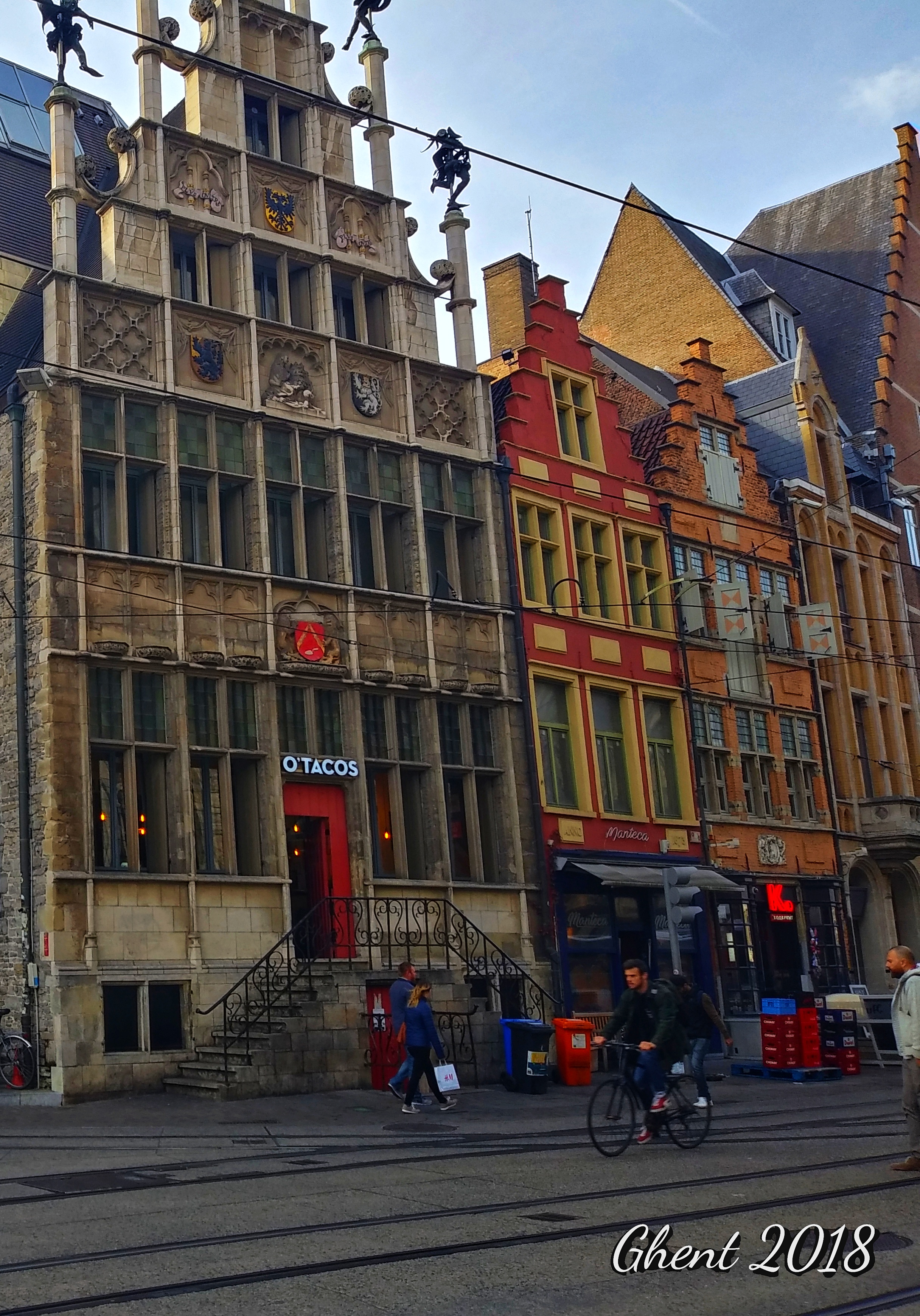
Beautiful architecture. Doesn’t it resemble a waffle to you? Is this where waffle shapes come from?? *gasp*
6. The originator of the saxophone, Adolphe Sax, was born in the Wallonia town of Dinant, South Belgium. Share on X
All thanks to Monsieur Sax for his great invention that gave us the wonderful tunes of Fela, Kenny G, that sax man on George Michael’s “Careless Whisper” – you know the one – and all that smooth, instrumental jazz on midnight radio. Hahhh…
7. The famous Ardennes, stretches between France, South Belgium and Luxembourg and was once used as a natural border for the region in medieval times. It is famous for the Battle of the Bulge in WW2 where a large number of U.S. troops were killed.
8. There is no border between Belgium and the Grand Duchy of Luxembourg. In the 1930s, a special agreement was created between both countries and after the war, Benelux was created with the Netherlands.
9. Leuven University is one of the oldest in Europe and it is located in Flanders.
10. For those who don’t know, the famous Tintin comics we read as kids was created by a Belgian and there is a museum dedicated to the creator, George Remi aka Herge, in the town of Louvain-la-Neuve.
11. Keeping with the Tintin theme, Brussels has a Tintin store and Tintin street art all round the Grand Place UNESCO World Heritage historic area and side streets. Share on X
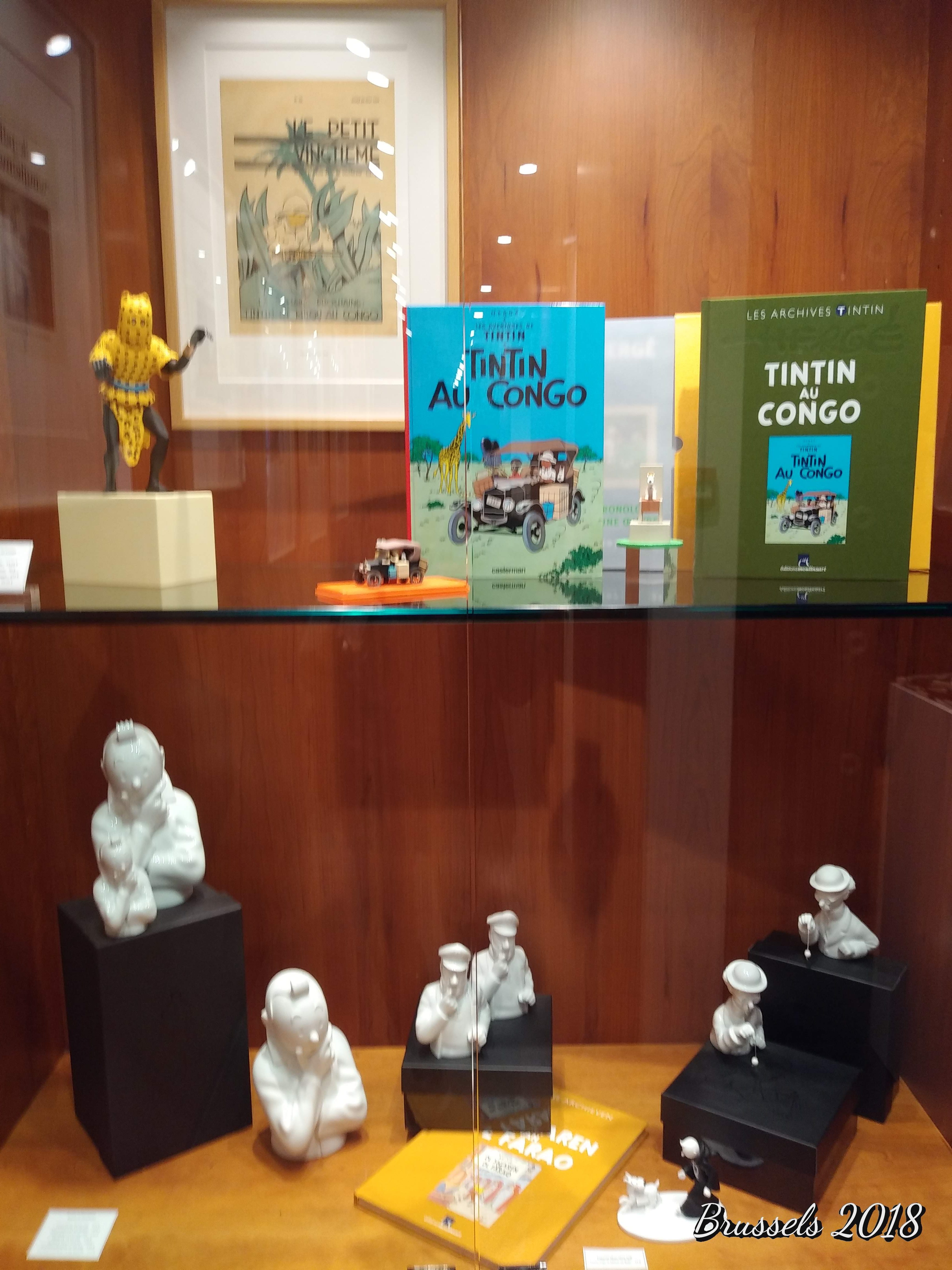
I read this as a tween and never connected Congo and her Belgian colonial master until my late teens. It seems like Herge depicted Tintin as Belgium conquering new lands & stealing resources. That was usually the plot of some comics.
12. Matonge is in the Ixelles district of Brussels named for a lively Kinshasa area by Congolese immigrants. Initially, Congolese were the main immigrants but after the 1960s, other Francophone African immigrants became a part of this demographic. This is a historical fact of Belgium that most people do not know of; that it is also a former colonial power of the Democratic Republic of Congo in Central Africa.
Matonge is a vibrant locale where African immigrants and other locals go to eat, drink and chill. The closest metro to Matonge is Louise or Port Namur where Place Louise is a popular high street lined with high end and affordable stores as well as Galeries Toison D’or.
I walk this area and take in the various African restaurants, shops & cultural centres and I feel at home. I even get mistaken for a local with street knowledge and I have to unearth my English-accented French to disappoint them. Lol.
From Matonge, you can walk to the EU Parliament area and King Leopold Park, which is what I do to meet a friend at lunch time.
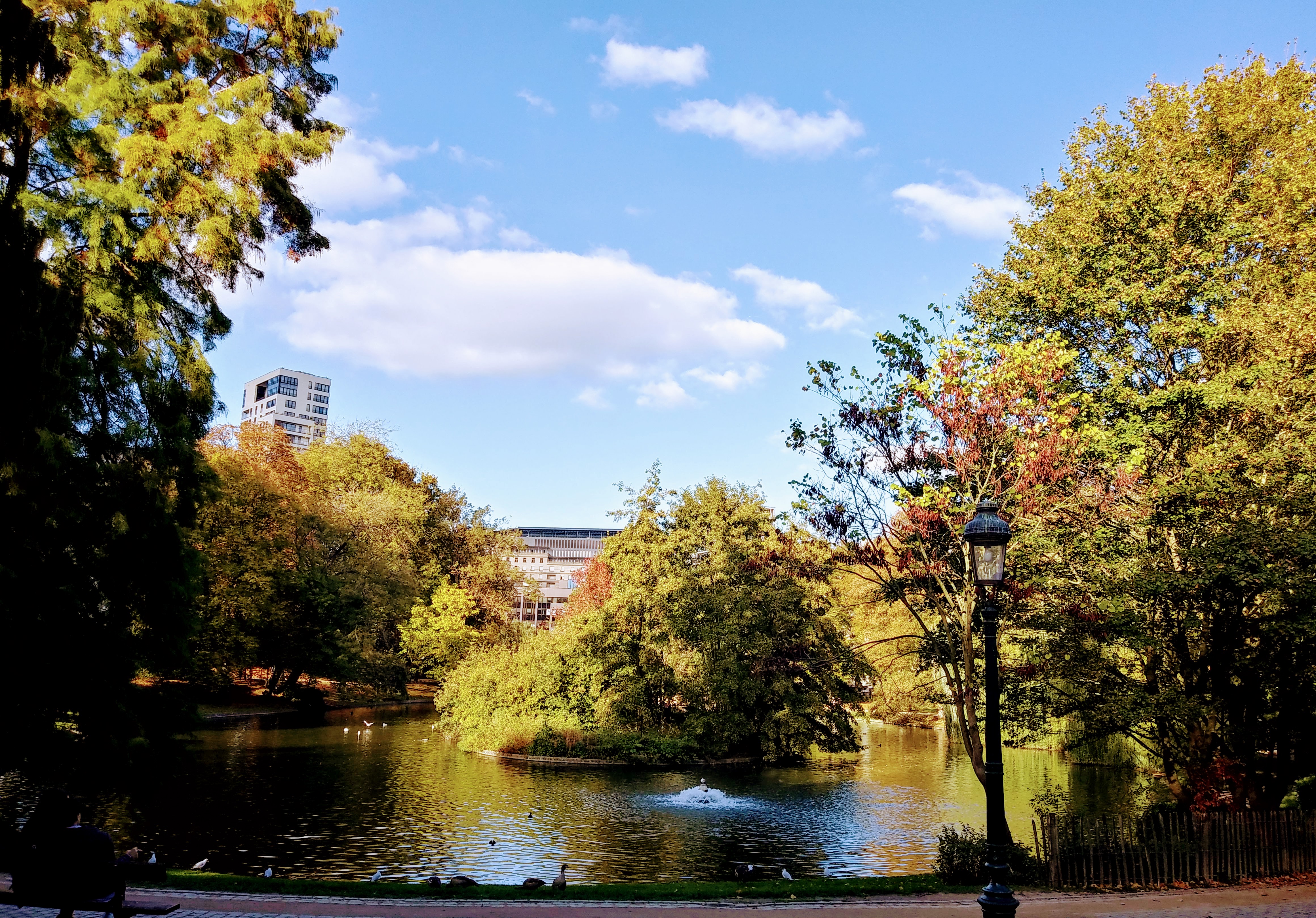
Somewhere in King Leopold Park. Named for the monarch who oversaw the enslavement, amputation & murder of Congolese people in Congo.
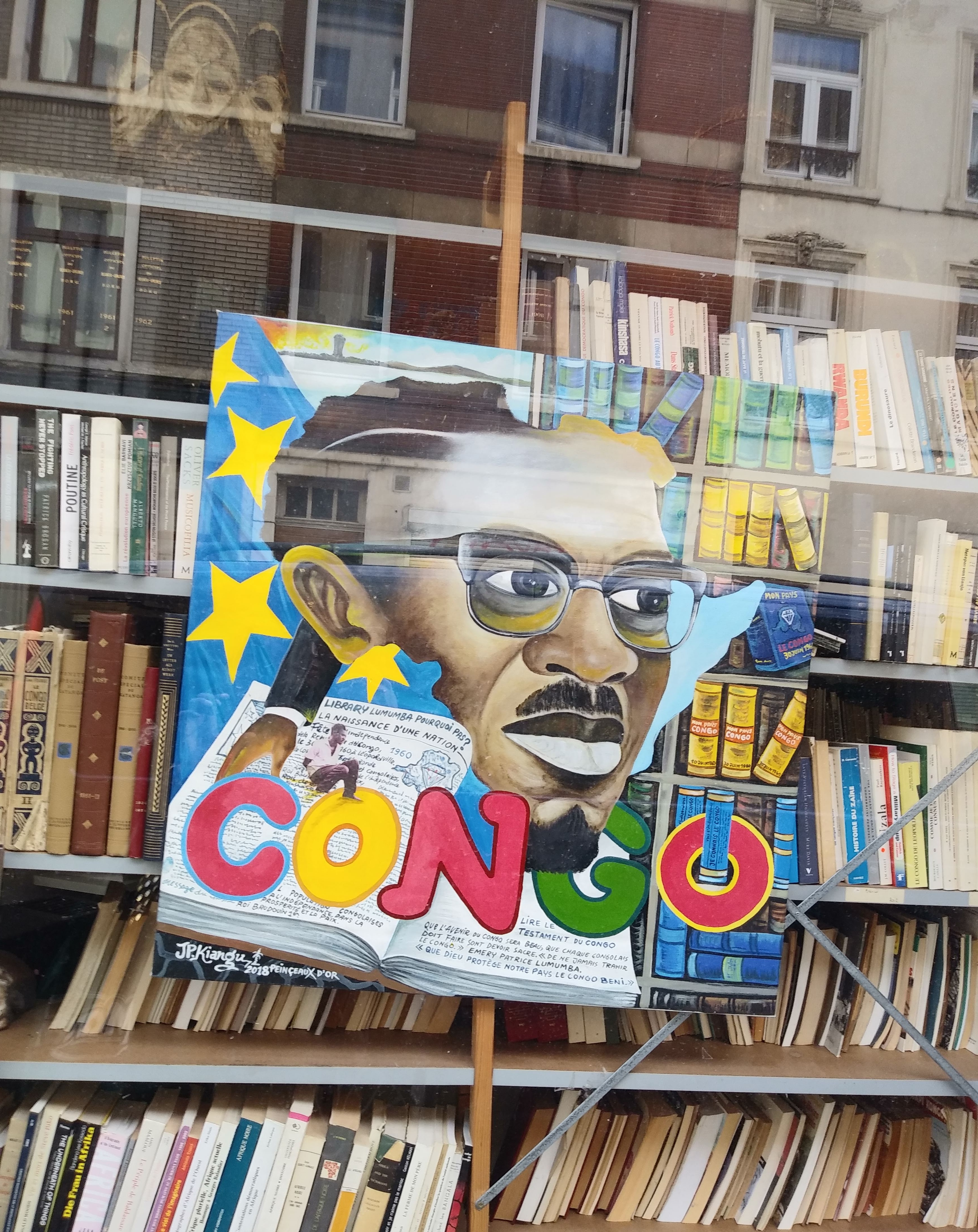
A Congolese bookstore in Matonge. This vibrant area has many African restaurants, culture spots and the like for a traveller wishing to see another area of Brussels.
#Historical Fun Fact of Belgium: Chocolate!
Belgium is globally renowned for its delicious and high end chocolate makers – both corporate and artisanal – and it has had this juicy reputation since the 1800s.
- There is a Museum of Chocolate near Grand Place that is part of the Brusselscard free museum entry and best believe that I spend 1.5 hours in there to devour Belgium’s chocolate history and its relationship with the Congo.
- The most popular Belgian chocolates we know and love are Neuhaus, Godiva and Leonidas.
#Historical Fun Fact of Belgium: Colonial History
Speaking of the Congo, many non-Africans and non-historians know not of Belgium’s inhumane acts towards the Congolese on their own land. Not only did they brutally colonize Congo, they amputated limbs of resistant natives, raped the land of natural resources and transported 598 Congolese people to Brussels for use as side shows in a human zoo near the Atomium.
Get your Atomium ticket here and see this amazing edifice in real time! Next to Atomium, is the Mini Europe attraction not to be missed so grab a ticket for that here too.
15. You love pralines, right? Do you know that they were created by a Belgian chemist, Jean Neuhaus, in 1912? Share on X
A sweet historical fun fact of Belgium is that pralines were the first bite-sized chocolates and a few years later, Jean Neuhaus’ wife, Louise Agostini, created “ballotin”, the rectangular box in which pralines are currently packed.
You cannot leave Brussels without experiencing a chocolate workshop so check out this delicious 1 hr Brussels Chocolate Workshop.
16. St. Michael is the patron saint of Brussels and is reported to have slewn the Devil atop the spire of the iconic City Hall in Grand Place after which the spire was replaced by the city. St. Michael can be seen in the Museum of the City of Brussels with an arm lifted for slayage, I believe.
17. Much to my surprise, Brussels does have a Red Light district and it is around Rue de Brabant.
I always thought Amsterdam’s infamy with its Red Light district was the only one in Europe but even though Brussels’ is not as popular, its district is extremely active. Yes, I was driven round by a friend for 20 mins and it was very…interesting to observe.
18. Another interesting historical fun fact of Belgium is Manneken Pis, a statue of a urinating boy in the form of a fountain. I can hear you…”what is so interesting about that??”
Replica Manneken Pis statues are used as humourous adverts by chocolate and waffle sellers around Brussels and there are chocolate versions of him you can buy to eat. Lol.
- Manneken Pis has a very interesting history in Brussels from its appearance in the 14th century to its theft in the mid 1800s where it was recovered in pieces days later, restored and returned to its location at the intersection of Rue de l’Etuve and Rue de Chene.
- Daer dmenneken pist is loosely translated as ” the place where the child takes a pee” and is the oldest mention of the fountain in 1451 concerning the network of drinking water pipes into the city of Brussels.
- In 1695, he is chosen as the spokesperson for the people of Brussels by the author of a satirical text denouncing King Louis XIV of France, who has just bombed the city.
- In 1965, over a century after the first theft, another theft occurs where his upper body is removed. After this, a replica statue replaced the original at its current location.
- He is seen as the standard bearer of Brussels humour and is decorated in costumes and used as decoration for the many shops in the city.
- The Manneken Pis statue, fountain and fence are classified as a historical monument by royal decree.
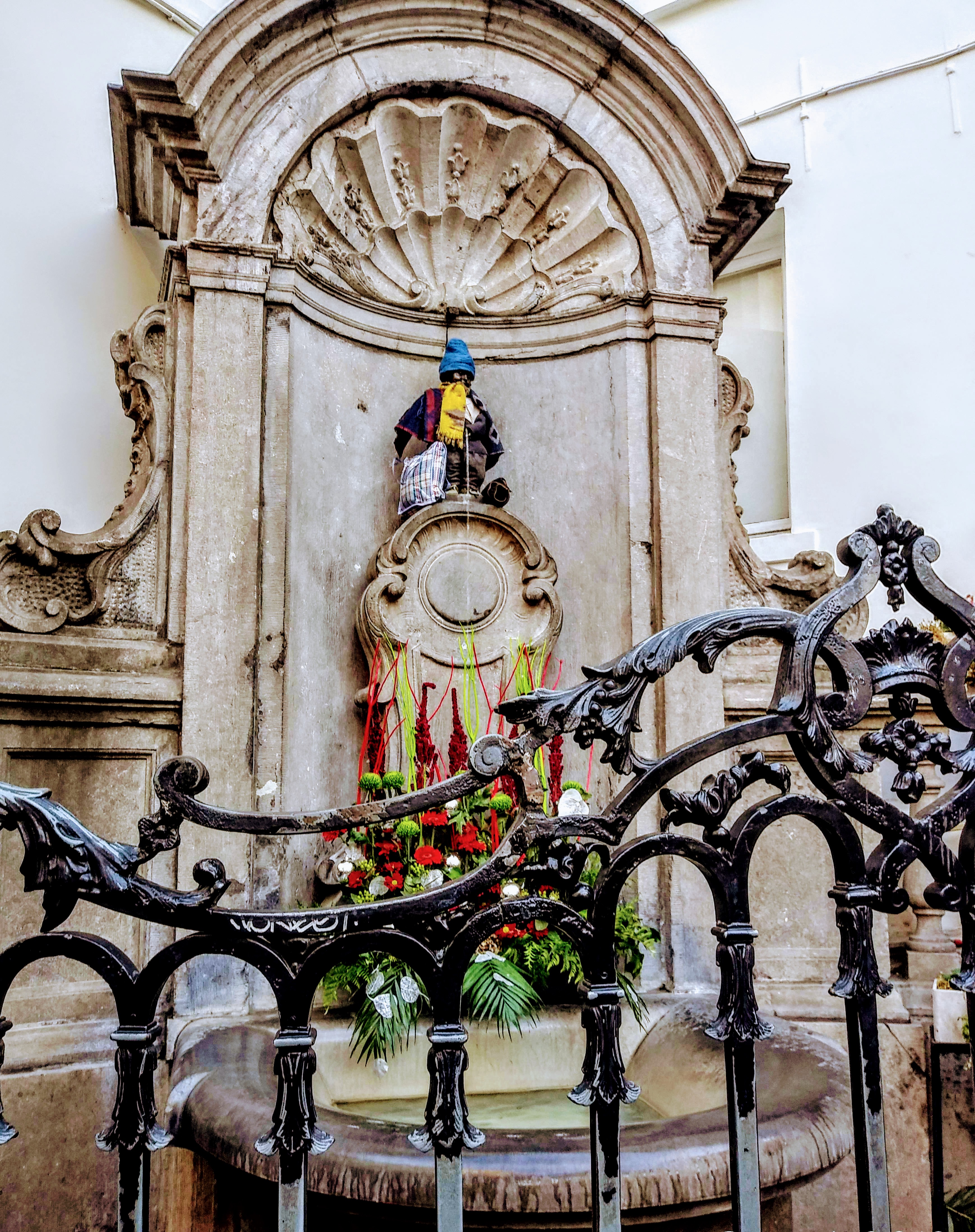
Manneken Pis dressed for the chilly fall lol. He’s always decorated in whatever clothes for the particular season or an event.
19. Belgium also colonized Ruanda-Urundi, as part of German East Africa – now known separately as Rwanda and Burundi – and granted them independence in 1962.
20. The Fleming and Walloons in the north and south respectively have historically been at odds with each other since the Flemish struggle to establish equal status of Dutch with French. This has been ongoing since Belgium’s 1830 independence.
The Walloons have dominated society since then and with the push by the Flemish, there has been friction between both regions for decades.
***************************************************
There completes some very interesting historical fun facts on Belgium that even I, an avid reader, never knew of, such as its split regions between Flanders and Wallonia.
If you’re a Belgian, can you please tell me other fun and/or historical facts of the country and your city? I’d really love to know. Merci bien and don’t forget to comment and share.
See you on the social streets! xoxo
Musings and Adventures is a participant in Get Your Guide (GYG), an affiliate advertising program designed to provide a means for us to earn fees by linking to Amazon.com and affiliated sites.*
*Purchasing from the GYG links is at zero additional cost to you.*
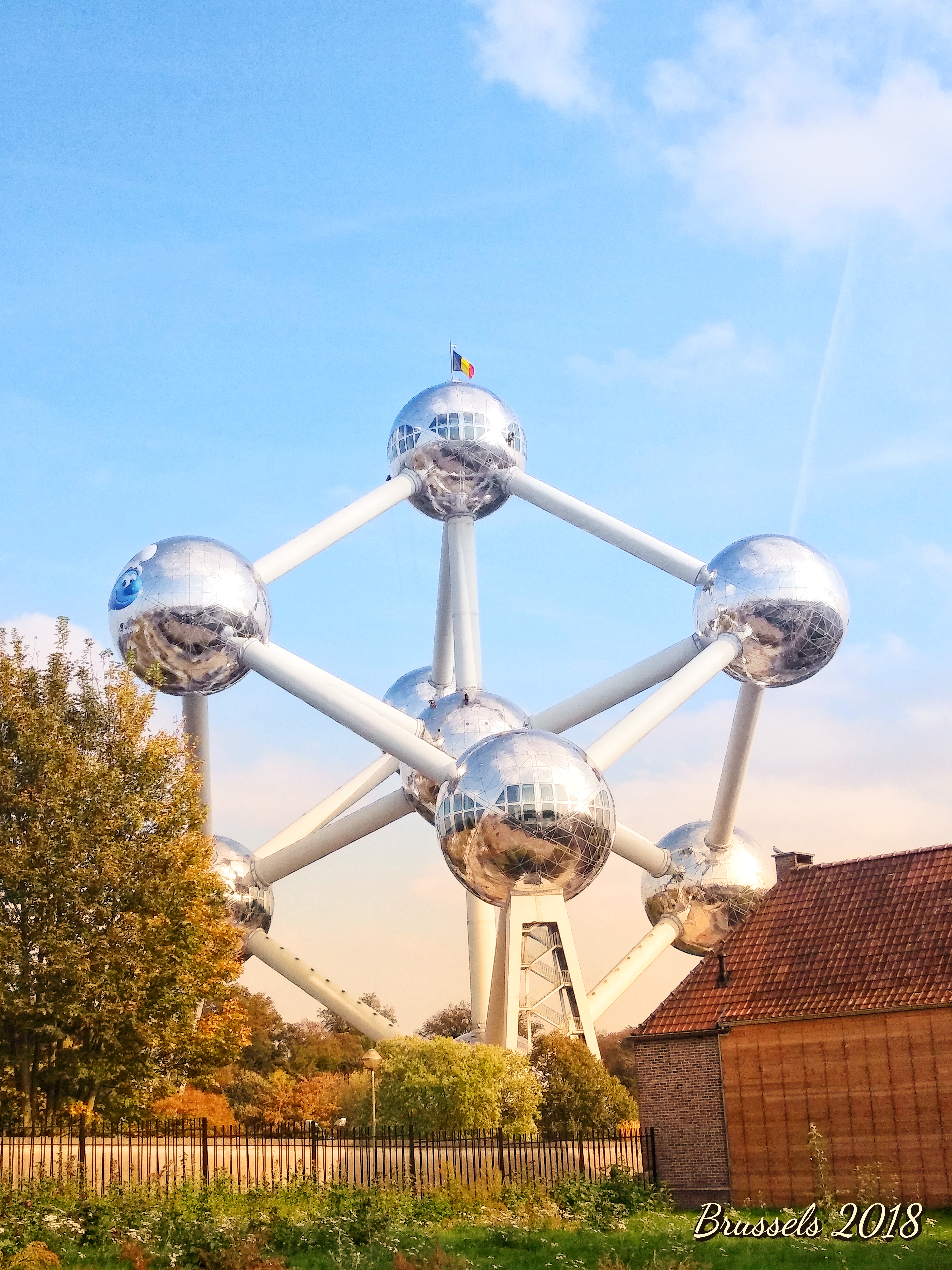

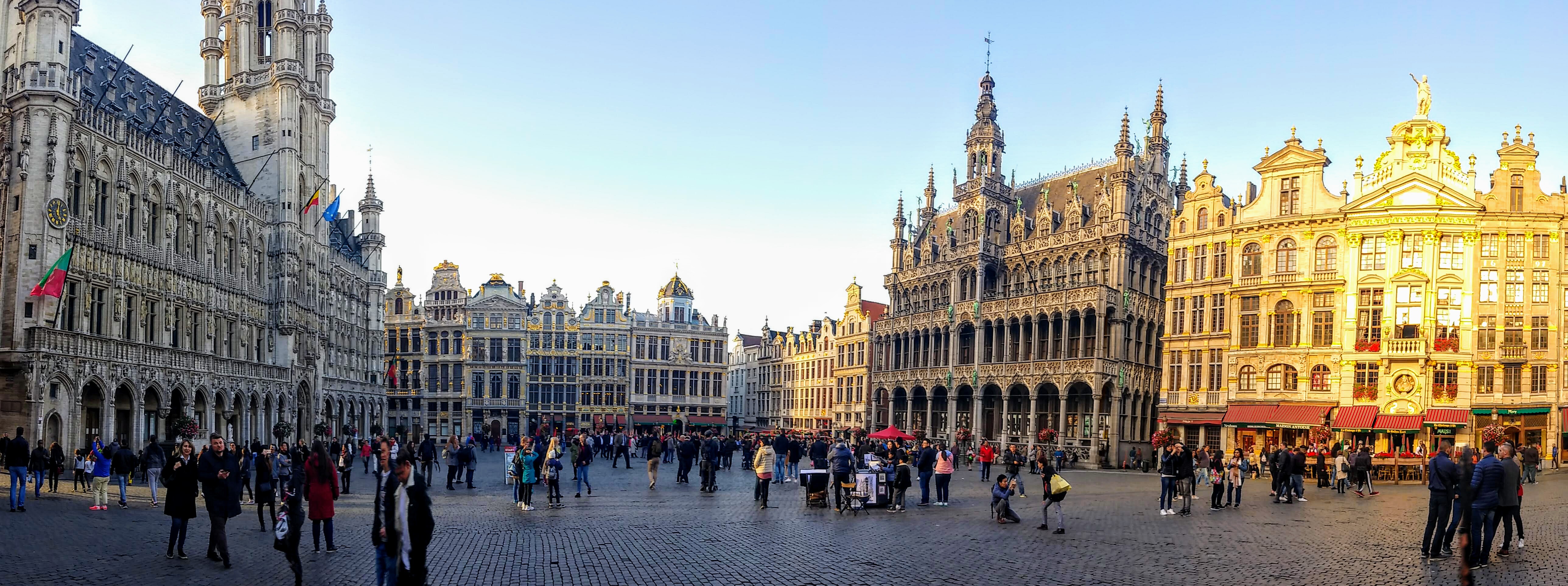
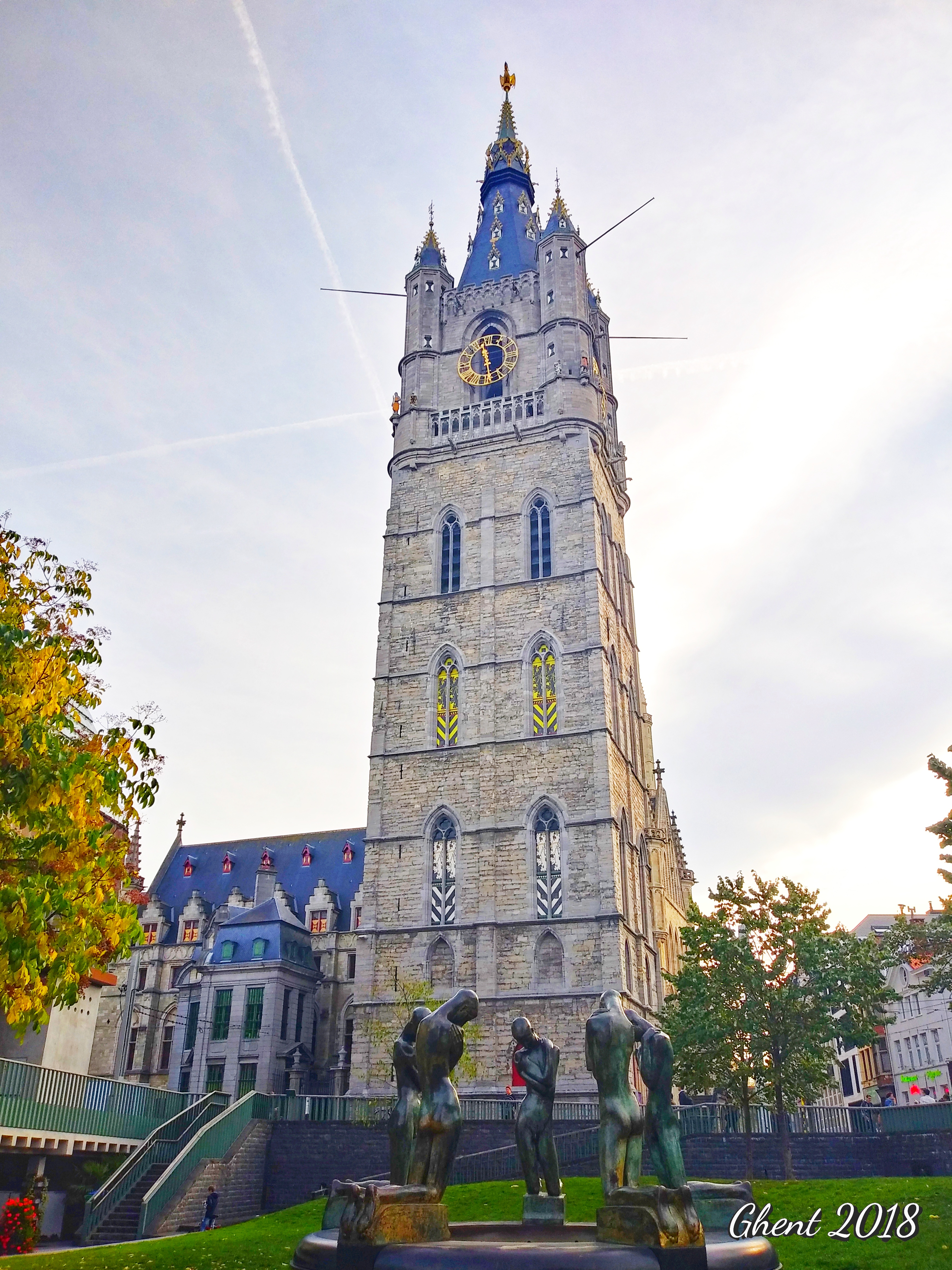

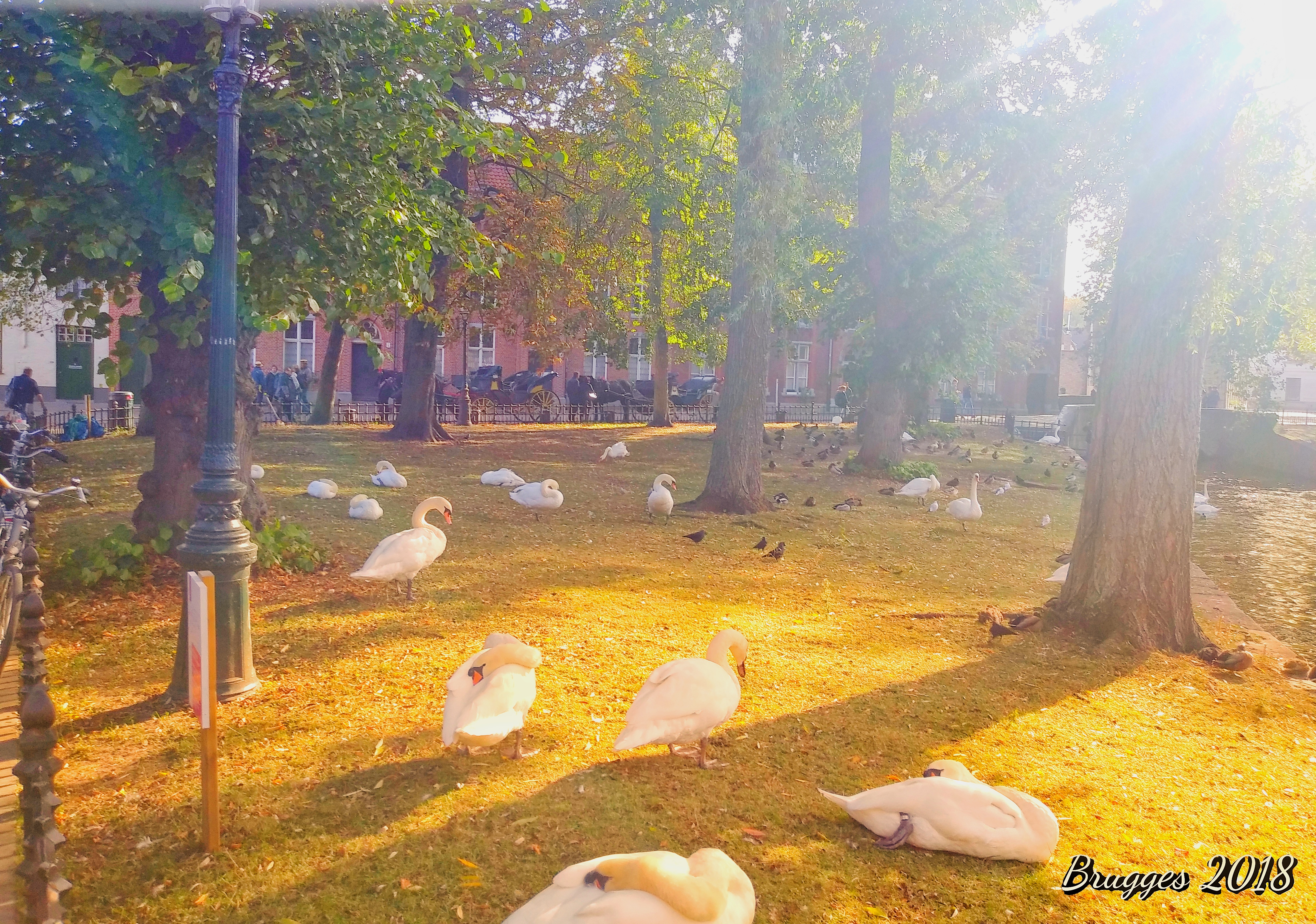
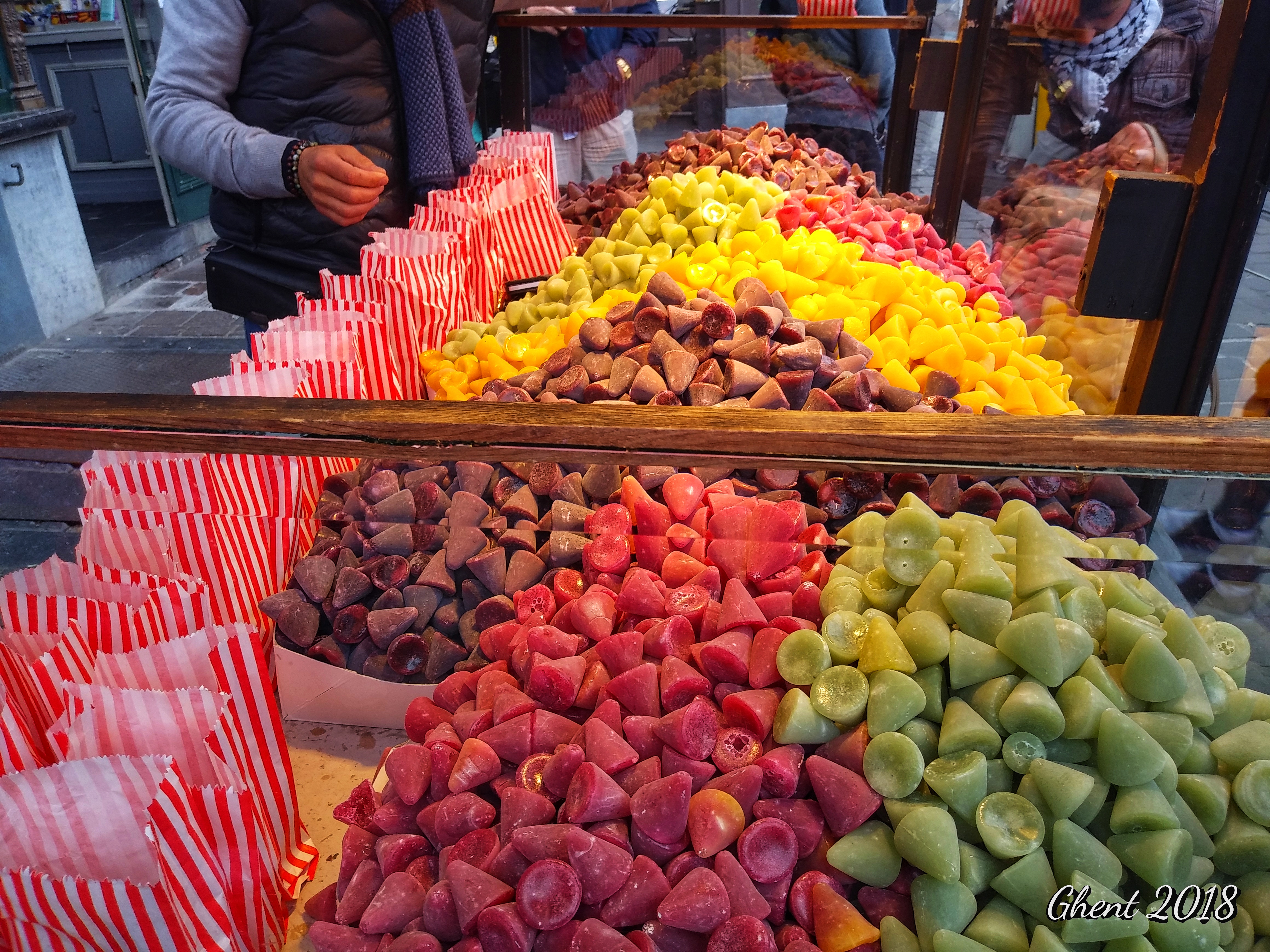
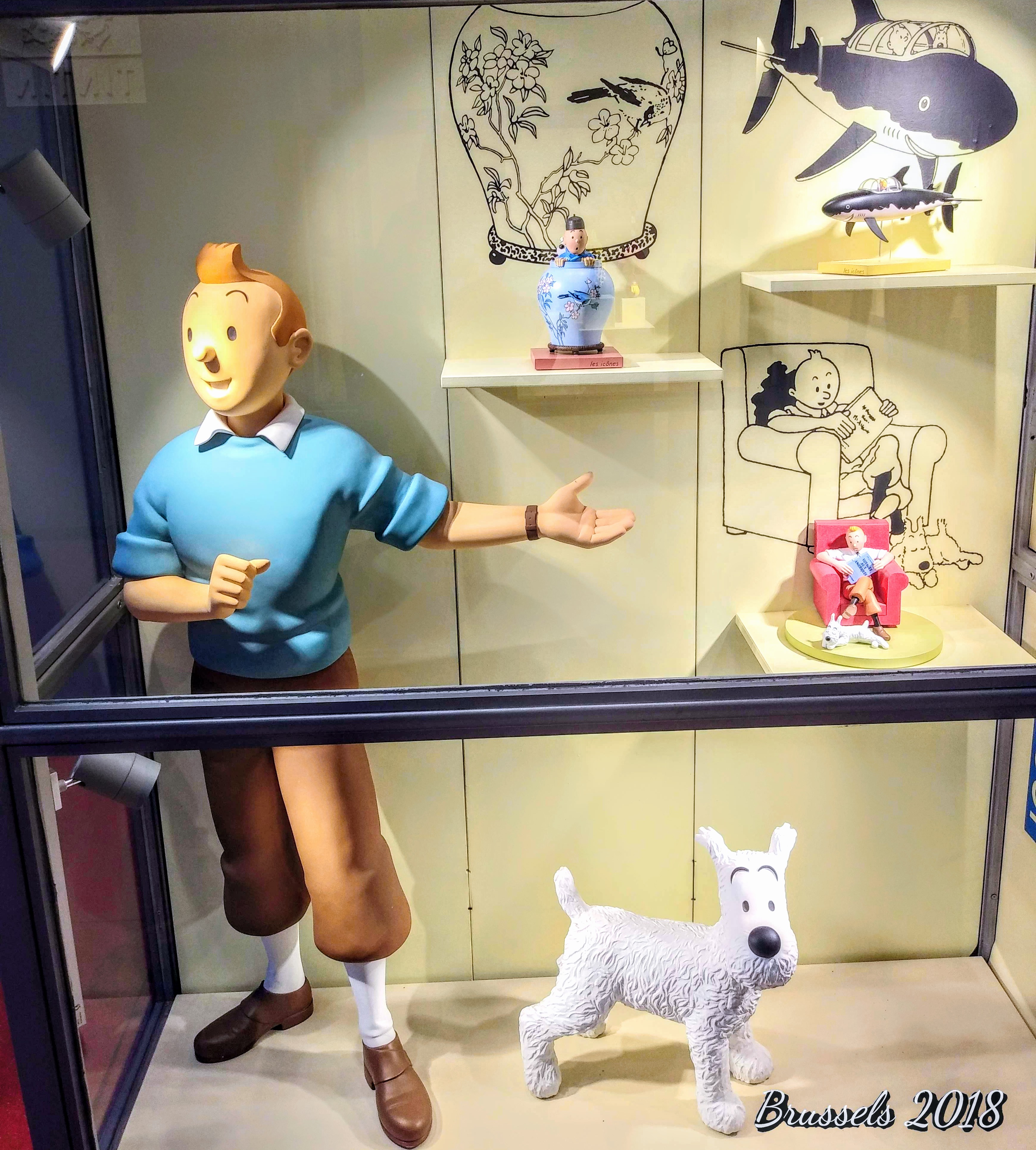
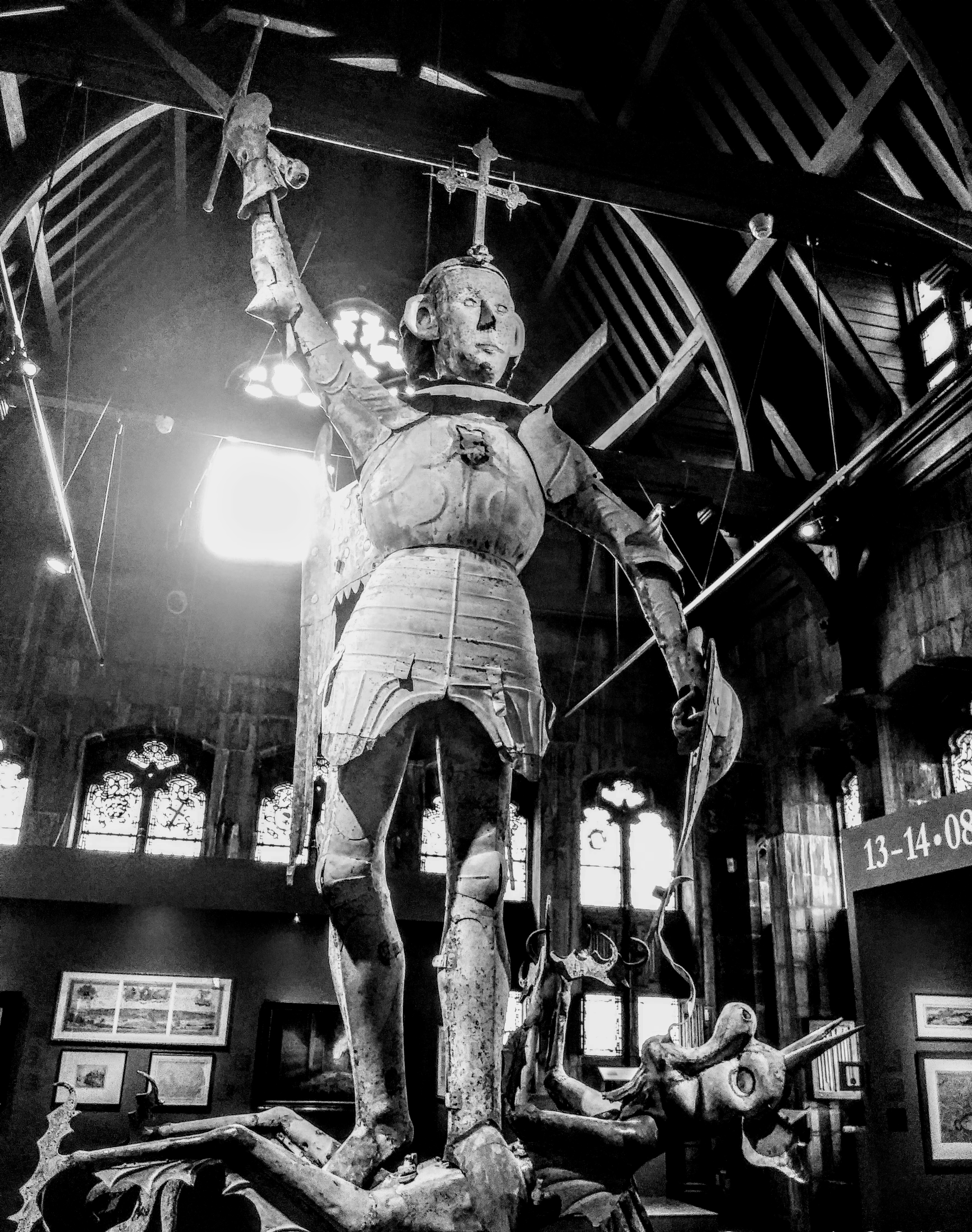

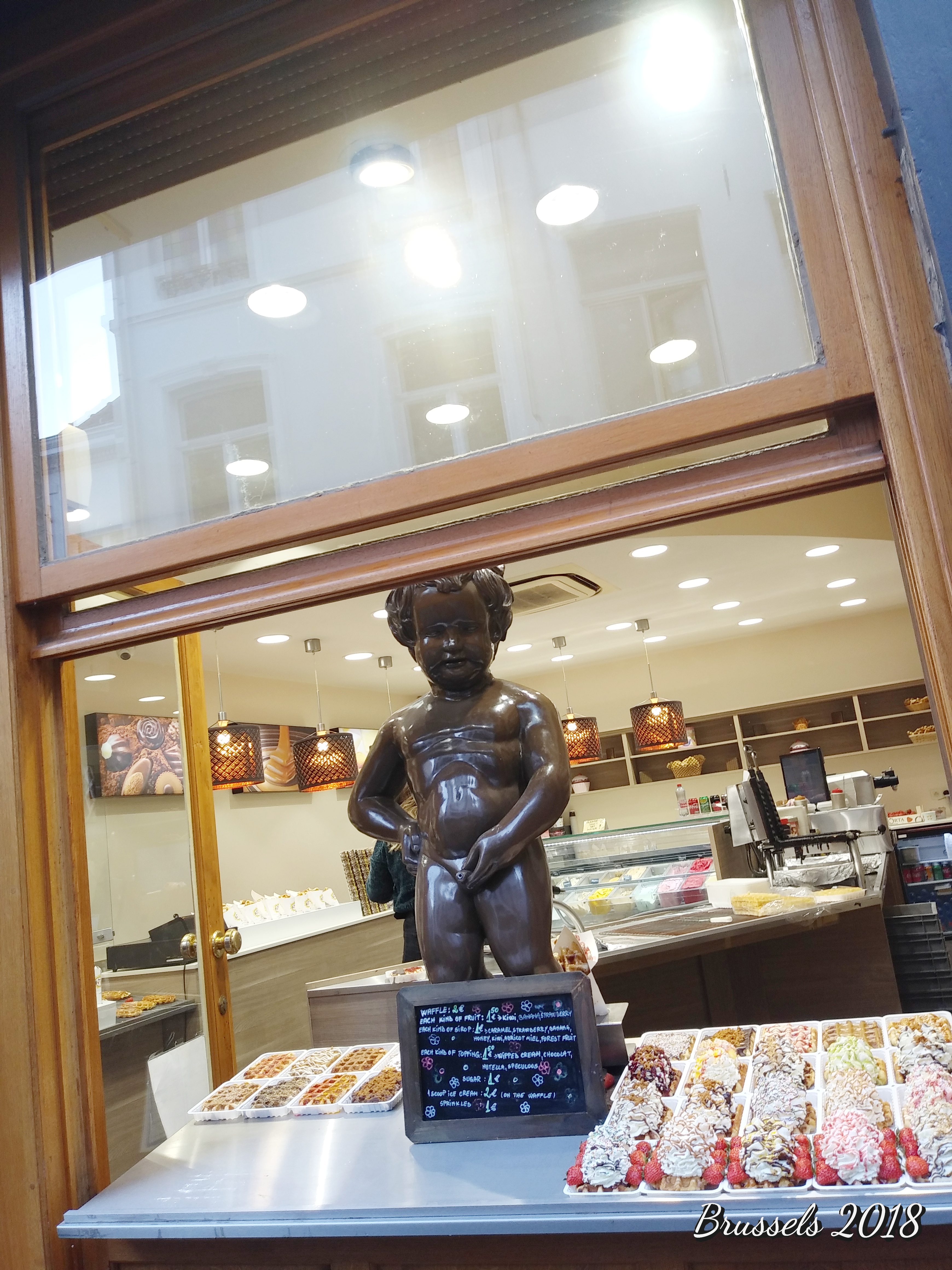
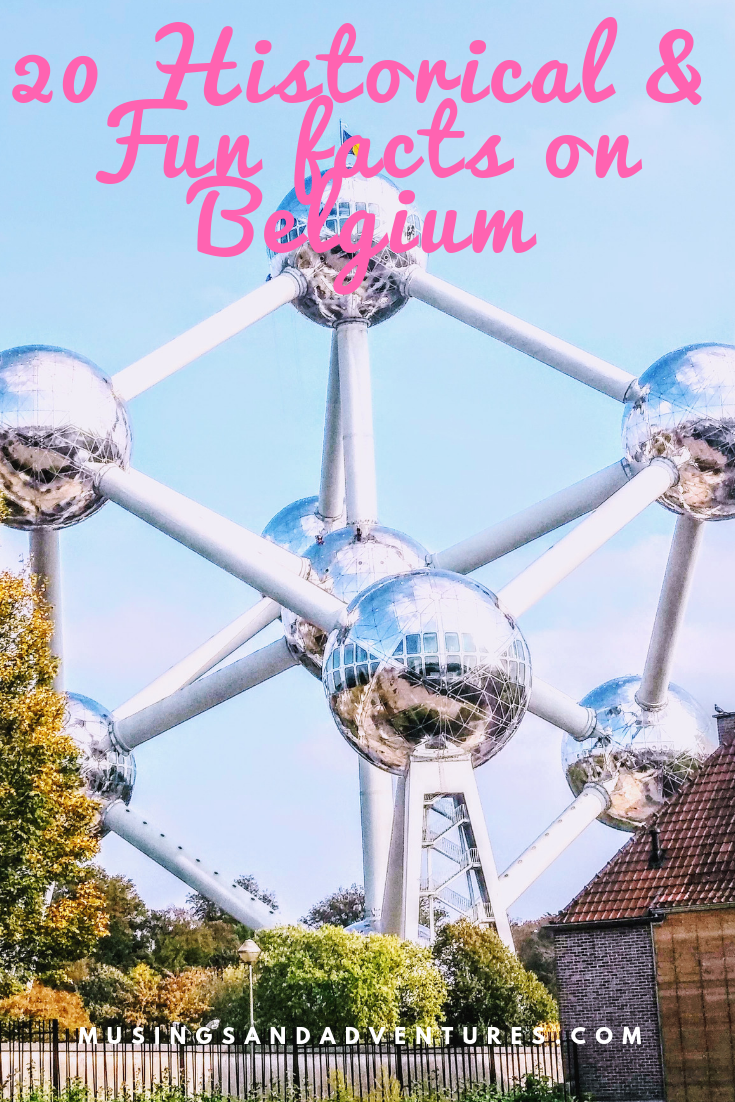
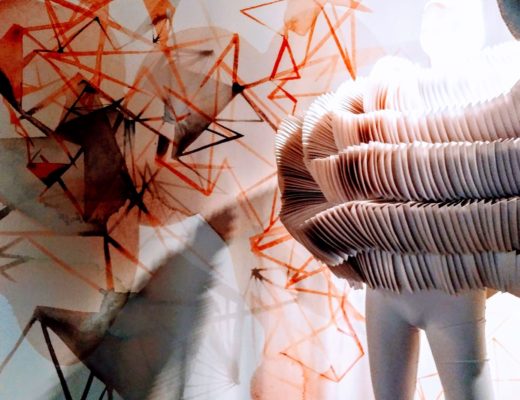
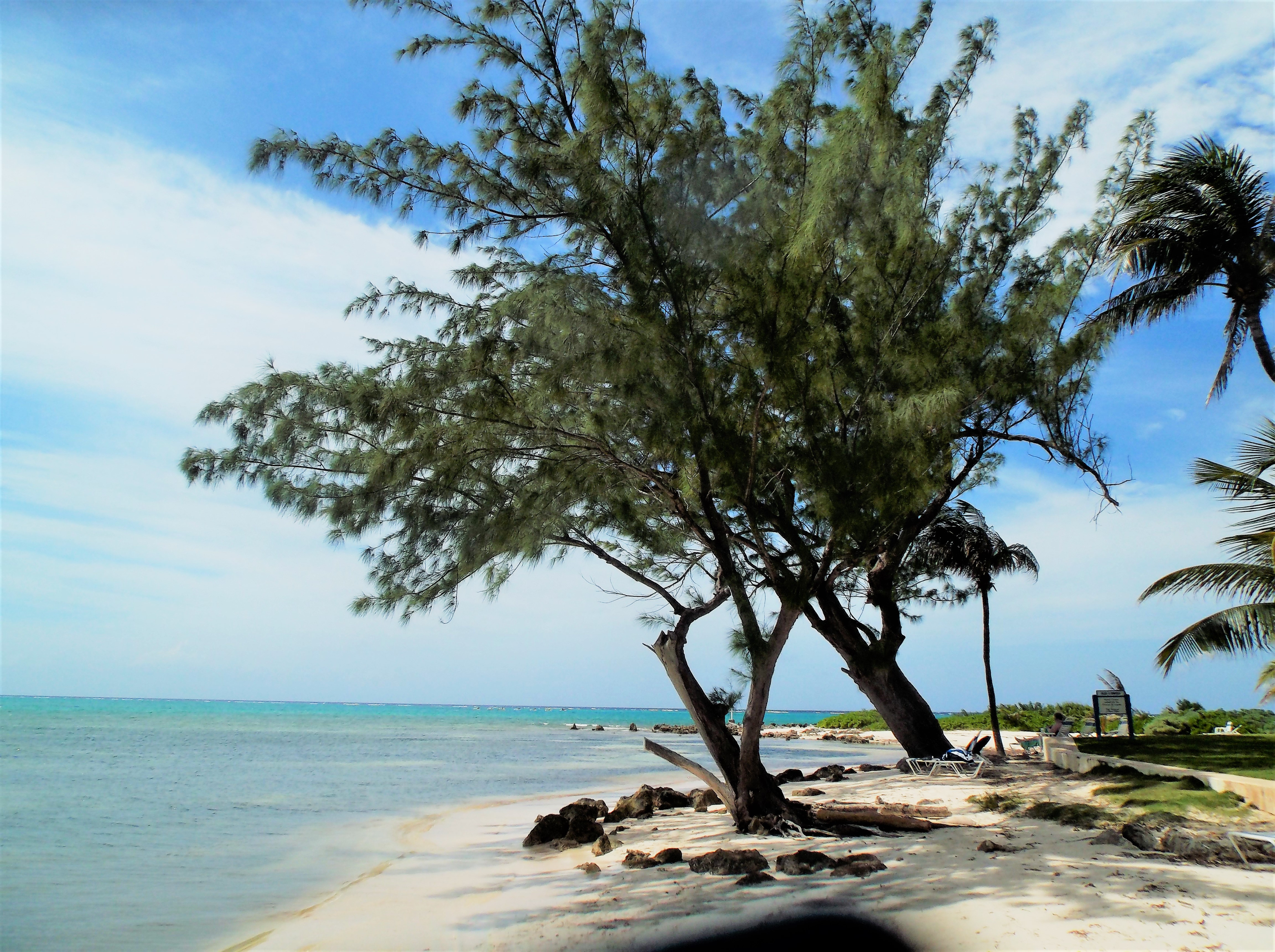
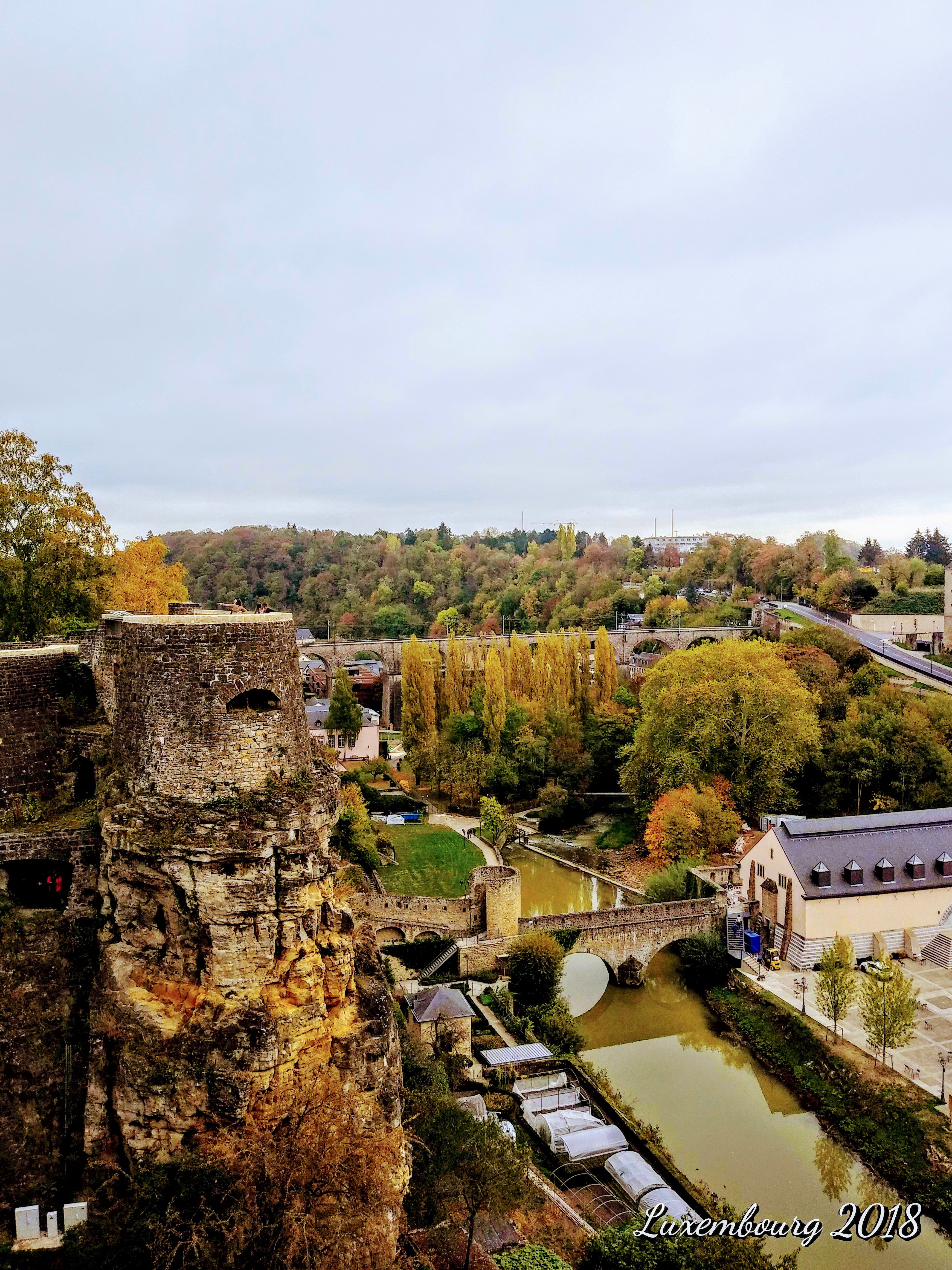

81 Comments
Jessica
January 6, 2019 at 11:42 pmI learned so much from this post! Specifically, I learned that Dutch, German and French are spoken in Belgium. I also learned they colonized E. Africa! Awesome info and post!
admin
January 8, 2019 at 4:38 amYup. Not many folks know that. They did bad things in my Motherland.
Konstantina
January 7, 2019 at 10:36 amUnfortunately I don’t know many things about Belgium but it sounds like an amazing place. I thought French was the main language but speaking German makes a lot if sense.
Dalene Ekirapa
January 7, 2019 at 12:01 pmNice historical facts you’ve laid out about Belgium. What fascinates me more is the Grand Palace…well, everyone considers the place a travel destination and I hope to see it soon. Ghent has to be on my bucket list too.
admin
January 8, 2019 at 4:34 amYou should visit one day, Darlene. very multi-cultural city and so pretty.
Monidipa Dutta
January 7, 2019 at 1:25 pmThe place looks so great. Such great captures I must say that and your description is lovely. I have never been there but I would love to be there. Such a lovely place and great facts.
admin
January 8, 2019 at 4:32 amThanks a mil, Moni! xoxo
fashionandstylepolice
January 8, 2019 at 2:07 pmThis is a very informative post. I would love to explore Belgium one day. Yet to visit the country.
Jennifer Prince
January 8, 2019 at 3:03 pmSo interesting about the border! Belgium looks so lovely, and I really want to head there someday. 🙂
David Elliott
January 9, 2019 at 8:30 amI always love learning about the history of a place before I go visiting and poking around. So many great places to visit and such a rich history. I think it’s really cool that the Flemish symbol is a lion.
Everything On A Plate
January 9, 2019 at 7:23 pmWe have to say this is a great list ! we learnt so much ! We lived in Belgium and didnt know so many
Gervin Khan
January 11, 2019 at 8:50 amWow, this is such a new learning for me and knowing this information will leads me to go to Belgium and explore how beautiful this place is. Great share!
Samantha Donnelly
January 11, 2019 at 11:05 amI knew some of these things but have also learnt much more about Brussels, I do want to visit again and have a proper stay here
sabrina barbante
January 11, 2019 at 2:29 pmBelgian culture is so rich! I’ve visited Bruxelles and Brugges and I’ve loved so much about both cities. I love their comics tradition but I wasn’t aware of the saxophone origins!
admin
January 11, 2019 at 6:23 pmNeither was I! I was shocked to learn about the origin of the sax! It is a staple part of jazz, which I love.
Laura Dove
January 11, 2019 at 4:59 pmOh I love this! I have never been to Belgium before but I just love to hear facts about new places and especially when it’s historical! Gorgeous photos too!
admin
January 11, 2019 at 6:22 pmThanks!
Monidipa Dutta
January 11, 2019 at 5:42 pmTo be honest. I only knew about Tintin and language but not about others. but it was great to learn new things as I love to learn.
Blair villanueva
January 15, 2019 at 3:54 amI think there is no reason to say that this city is boring. There are tons of things to do and places to explore, definitely worth visiting!
Brandy
January 26, 2019 at 5:24 pmI didn’t really know anything about Belgium so it was fun to learn so much about Belgium today. I Love historical and fun facts about places.
Elizabeth O
January 27, 2019 at 10:44 amThis is so interesting and informative post. It would be so much fun to visit Belgium and you have mentioned lots of information in your post about Belgium. So now I know many things about this beautiful place.
Khushboo Motihar
January 27, 2019 at 4:29 pmIt was so lovely to see and read about Belgium. I appreciate the tip of buying The Brussels Card. It will definitely help save a lot of money
David Elliott
January 28, 2019 at 2:59 amDoes look pretty amazing there. I have always wanted to go out and visit there. Love all the different buildings. They are so beautiful.
admin
January 28, 2019 at 11:57 pmThey really are…and so historic.
Arunima Dey
February 17, 2019 at 3:18 amI was really loving all things Belgian in this post till I reached Point 15, and I am like how could a European country not done that to a non-white country, of course they have. And a human zoo? Jeez.
Still, pretty cool reading about the ‘nuns but not really’ Interesting titbit on the Mannekin Pis! Also, I did know about TinTin, but learned on my trip there that Smurfs are Belgian too!
admin
February 17, 2019 at 10:42 amYeah Smurfs, the blue people lol. Human zoos…yes. That is what Europeans did to Africans. Hmmnn…
Ali Dunnell
February 17, 2019 at 4:08 pmThis is a really thorough, interesting and well illustrated guide to Belgium. I have passed through this country but never properly visited – after reading your post I would love to – I guess it is another one to add to my bucket list 🙂
admin
February 17, 2019 at 10:41 pmAdd it immediately lol. Yes. I really enjoyed Brussels and hope to return to see more.
Nina Out and About
February 17, 2019 at 11:18 pmI’m pretty sure I’m going to Belgium late this year or early next year. Do you think Brussels or Bruges is a better spot for a first time visitor? From your post, I would love to go to all the spots, but time is a factor.
admin
February 18, 2019 at 4:08 amBrussels has everything and is excellent for a first timer and so is Bruges! I did Bruges and Ghent in one day so you can also do Bruges in one day but you need more than a day for Brussels as there’s much to see and experience.
Yen
February 18, 2019 at 12:54 amI guess some locals don’t even know about these facts! Great information you have there, keep up the good work!
admin
February 18, 2019 at 4:05 amThanks Yen!
Nina Nichols
February 18, 2019 at 11:55 pmThis is a very interesting piece of information! I didn’t know that Belgium has even a piece of Germanic language in it. Very informative article!
admin
February 19, 2019 at 2:06 amNeither did I. I always thought French & a bit of Flemish, but I didn’t even know what part was Flemish.
Janine Thomas
February 19, 2019 at 4:54 amI am so glad that I found this. I will be in Belgium in about 6 weeks time so I have bookmarked it to use while I am there. If you had to choose between Bruges or Ghent which one would you visit?
admin
February 21, 2019 at 2:08 amThat’s a hard one, Janine! Yikes lol. Hmmnnn…maybe…Bruges because I loved the historic beguinages, the swans by the lake and the chocolates but Ghent has its loveliness too and you can do both in a day as I did.
The Travel Bunny
February 19, 2019 at 10:36 amYou’re right! I didn’t know about many of the facts you’ve listed above. And I like how you combined a bit of everything, for a well-rounded experience.
admin
February 21, 2019 at 2:03 amThank you!
Thelittlelai: Beyond limits
February 19, 2019 at 1:06 pmWow, with everything you have written about the fun facts and historical sites of Belgium, made me actually want to visit it sooner. Anyway, thank you so much for sharing such informative post about Belgium and the photos are really stunning.
admin
February 21, 2019 at 2:03 amThanks a mil! Glad you enjoyed it and the pics are stunning only because Belgium is stunning.
Yukti Agrawal
February 19, 2019 at 1:56 pmThanks for sharing interesting historical facts of Belgium as some of them are very unknown to me. It is good to see that Belgium has influences of France and Germany too. I would love to visit the artistic and cultural city of Ghent.
Anjali Chawla
February 19, 2019 at 3:48 pmWow! That’s quite an overwhelming amount of information about Belgium. I only knew about the Manneken Pis. I’m glad that I got to know so much about Belgium ahead of my visit to this beautiful European Country.
admin
February 21, 2019 at 2:02 amYayy! So glad that you’re visiting Belgium. You’ll love it there.
aisasami
February 23, 2019 at 3:06 amI knew some facts of Belgium, especially about a city that is divided by Belgium and the Netherlands. But I learned a lot more about this country.
Sarah
March 1, 2019 at 4:44 pmInteresting post. I now know a lot more about Belgium than I did this morning. I think it’s time for a visit there 🙂
admin
March 2, 2019 at 12:31 amYou should! Beautiful country with very interesting history and culture.
Ženja | Bearly Here
March 2, 2019 at 2:27 amWow, just reading about chocolates and pralines makes me want to drool! Thanks for such an informative post, I was sad to learn history of Congo people in Belgium, but I’m glad I did.
admin
March 2, 2019 at 2:40 amThankfully, I have some dairy-free ice cream for my sweet craving lol. Thanks for reading and glad you learnt some things.x
Federica
March 2, 2019 at 9:33 amI have been to Brussels several times but I never paid attention to the different symbols of the cities. Thanks for sharing your knowledge on them. I will pay attention to these details next time there.
admin
March 3, 2019 at 12:54 amThanks for reading, Federica!
Chef Mireille
March 2, 2019 at 6:47 pmmy mom’s family is originally from the Dutch Caribbean and much of them live in the Netherlands which I have been visiting since I was a child. One day we drove to Belgium and spent the day in Brussels. However, you are definitely inspiring me to go back now as an adult to experience Belgium from a different perspective.
admin
March 3, 2019 at 12:52 amNice! Funny you should mention because I have a post on the African Diaspora in the former Netherlands Antilles. I learnt a whole lot.
Njkinny
September 20, 2019 at 2:59 pmLove the pics and I am now itching to visit. Love Tintin and I hope I get to visit the stores and other themed stops. Thanks for sharing. I will be referring to your article when I visit Belgium. 🙂
admin
September 29, 2019 at 3:08 amThanks you, luv! I’m glad you enjoyed reading it because I truly enjoyed Brussels and the TinTin store too. I used to read the comics as a kid and it brought back memories.
Lori Bosworth
September 20, 2019 at 7:04 pmThe architecture in Brussels looks stunning! I would love to visit. I like that it’s a multicultural city!
Ewuzie Kingsley
September 21, 2019 at 1:53 amVery informative post.. Did you learn all these upon your visit to be Belgium or is it something you took interest in before? Your post are always captivating, this is really an eye opener.
admin
September 29, 2019 at 3:07 amLol thanks bro. I knew some of it like Belgium and Congo history, of course, and Belgium being a chocolate country, but I didn’t know how much chocolate history the country had and the Congolese neighbourhood in the city. I learnt so much there that I had to write it all down lol.
Kristine Nicole Alessandra
September 21, 2019 at 6:45 amI have not been to any country in Europe (yet) and I think Belgium is a beautiful country to visit. I enjoyed looking at your photos. The buildings are so magnificent looking! Oh, and most importantly, I learned a lot about the culture, the notable places to visit and the Ghent Belfry. Now I know more than just Belgian chocolate!
admin
September 29, 2019 at 3:05 amGlad you learnt something, Kristine.
Liz Santos
September 21, 2019 at 12:54 pmVery informative, interesting and fun facts to appreciate Belgium more. Thanks for digging and sharing this post – I would love to see this country soon!
MELANIE EDJOURIAN
September 21, 2019 at 6:20 pmA great introduction to Belgium having known very little myself other than they have nice chocolate of course. It’s somewhere I would love to visit with my husband when we can.
Khushboo
September 21, 2019 at 7:40 pmBelgium is a beautiful place. All the clicks are amazing. I would love to go there sometime.
Marjie Mare
September 22, 2019 at 8:39 pmI did not know any of these facts that you shared. Your beautiful pictures make me want to book a flight and visit Belgium right away.
admin
September 29, 2019 at 3:05 amYou should lol Brussels is just like any major city.
Gladys Nava
September 24, 2019 at 5:04 pmOh my goodness! Thanks for bringing me on this place! It really makes me feel that I’m there too! These places are stunning and remarkable! Thanks for sharing!
Di Hickman
November 12, 2020 at 6:48 pmWow I had no idea TinTin was created in Brussels. Makes sense they have a dedicated place for that. Seems so much to do in Belgium!
Pooja Sharma
July 27, 2021 at 9:51 amThank for highlighting it! I wasn’t aware about so many things. Belgium has always been on my bucket list. Would definitely like to visit UNESCO some day
Lyosha
July 27, 2021 at 10:04 amgreat guide! makes me want to come back to Belgium once again! it’s great cycling!
Alvern
July 27, 2021 at 10:05 amYour post makes me want to book my trip to Belgium even more now than ever. Somehow I never realised that there are 3 official languages in Belgium. Somehow I thought that there were only two.
admin
July 27, 2021 at 8:52 pmYup. Different languages in different regions. A real historical hidden gem.
Sarah Bailey
July 27, 2021 at 11:55 amOh wow this is such an interesting post – I have to admit I didn’t know half of these things, isn’t Belgium an incredible place to go to!
yemi king
July 27, 2021 at 12:42 pmBelgium seems to be pretty popular this week in my internetting! I think it’s a sign that I need to get myself back there to explore properly. I have only been to Brussels. This post is filled with more ideas! Thank you!
admin
July 27, 2021 at 8:51 pmLol the Universe is pushing you to Belgium. You won’t regret it, I promise you. Explore beyond Brussels to Ghent, Brugges, Antwerp etc
CA
July 27, 2021 at 3:09 pmWow! There are so many fun facts about Belgium! And I love the photos! I love Belgian chocolate, by the way.
Viano
July 27, 2021 at 4:26 pmInteresting read and quite informative. I never knew or heard about Beguines nor was I aware of Ghent. In fact, apart from chocolates in Belgium and a few places, I knew nothing!
admin
July 27, 2021 at 8:50 pmLol never too late to learn. A lot of interesting history here.
Maureen
July 27, 2021 at 6:59 pmI got schooled today! Clearly, I know nothing about Belgium but after reading your post I am pretty confident! It’s interesting that English is not it’s official language and I won’t forget that Walloons are French speaking citizens. Sounds like a name of a cartoon but I think it’s cute!
Maureen | http://www.littlemisscasual.com
admin
July 27, 2021 at 8:49 pmLol Walloons does sound like a cartoon. Yeah. Belgium surprised me too with it history.
Clarice
July 29, 2021 at 7:26 pmI admit I have limited knowledge about Belgium and this is why I find this interesting. Thank you for sharing these fun facts. A 50-minute Medieval center guided boat trip sounds like a great idea. Thank you for sharing this.
admin
July 30, 2021 at 12:01 amWelcome! It’s such a historic country.
Nisha
September 24, 2021 at 7:15 pmWhat a beautiful place with such great architecture and buildings! I have only known them for their famous chocolates so this was very informative and interesting!